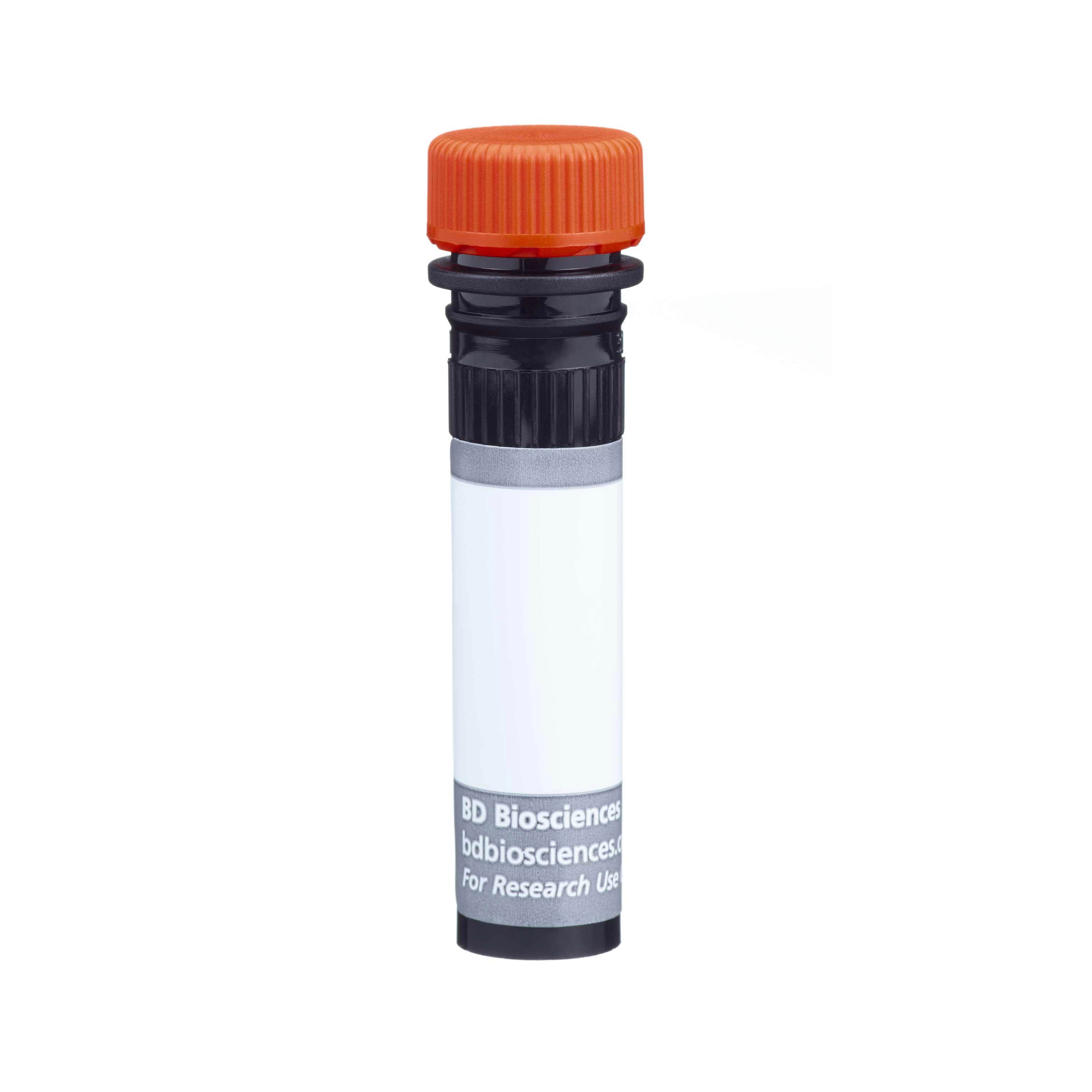The PO3 monoclonal antibody specifically binds to the B7-2 (CD86) costimulatory molecule, which is expressed on a broad spectrum of leukocytes, including B lymphocytes, T lymphocytes, macrophages, dendritic cells, and Langerhans cells, plus astrocytes. CD86 is expressed at low levels by freshly explanted peripheral B and T cells, and its expression is substantially increased by a variety of T and B cell-specific stimuli with a peak expression after 18-42 hours of culture. In contrast to most naive CD4+ T cells, memory CD4+ T cells express B7-2, both at the mRNA and protein levels. CD86, a ligand for CD28 and CTLA-4, is one of the accessory molecules that plays an important role in T cell-B cell costimulatory interactions. It has been shown to be involved in immunoglobulin class switching and triggering of mouse NK cell-mediated cytotoxicity. CD80 (B7-1) is an alternate ligand for CD28 and CTLA-4. PO3 antibody blocks the in vitro stimulation of T-cell proliferation of T-cell proliferation by soluble anti-CD3e antibody (mAb 145-2C11, Cat. No. 553057) in the presence of CD86-expressing accessory cells. In vivo administration of PO3 mAb can inhibit much of the autoantibody production in (NZB x NZW) F1 mice; and in combination with an anti-CD80 mAb, it can prevent the development and progression of mouse systemic lupus erythematosus-like autoimmune disease.
The antibody was conjugated to BD Horizon BUV615 which is part of the BD Horizon Brilliant™ Ultraviolet family of dyes. This dye is a tandem fluorochrome with an Ex Max near 350 nm and an Em Max near 615 nm. BD Horizon Brilliant BUV615 can be excited by the ultraviolet laser (355 nm) and detected with a 610/20 filter and a 595 nm LP. Due to the excitation of the acceptor dye by the blue/yellow-green laser line, there may be significant spillover into channels detecting PE-CF594 like emissions (eg, 610/20-nm filter).





